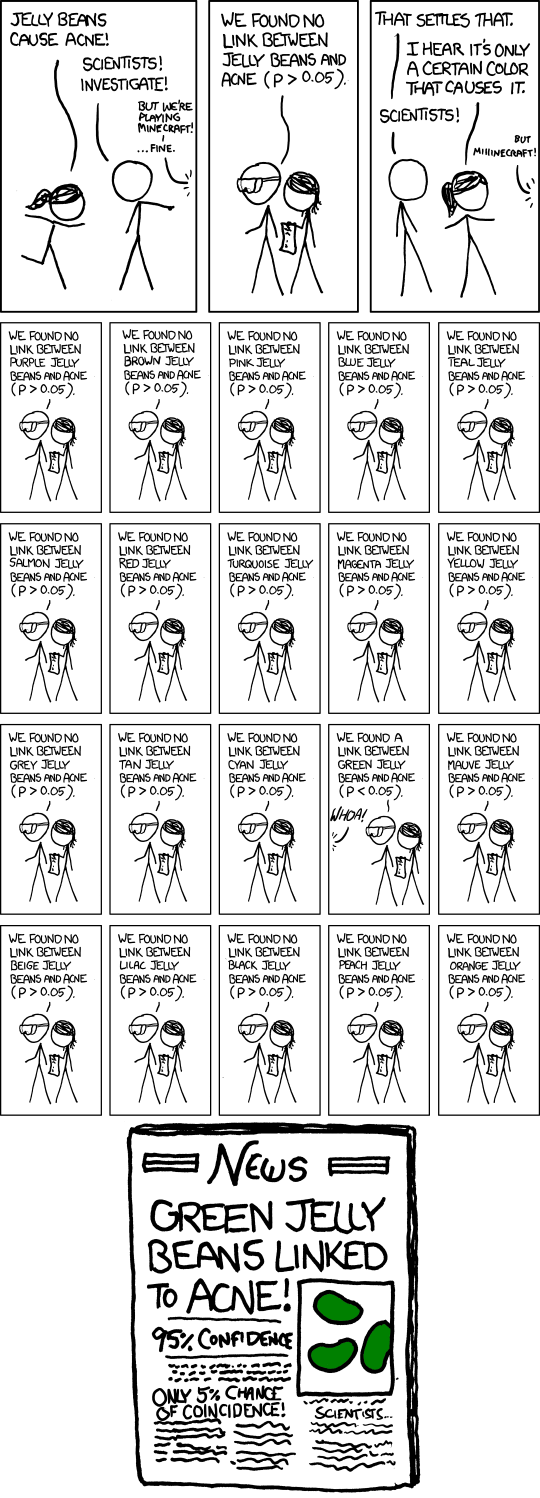Working in a large bioinformatics department, I am lucky to be exposed to many different questions, topics, tools and approaches. For example, two of my colleagues - Alexandre Masselot (now at the Swiss Institute of Bioinformatics) and Kiran Mukhyala built light-weight, customized visualizations of protein data using Javascript. Their work was recently published in the journal Bioinformatics - check it out on github here and here.
I had the chance to hear Kiran and Alexandre explain how they build modern web applications that allow both experimental and computational scientists to explore their data. So this year-end holiday, I decided to learn more about Javascript myself, starting with the basics.
First, I started reading Douglas Crockford's book "Javascript: The good parts" . This (suspiciously ?) short book contains a lot of important information, but I realized quickly that I needed to start with a more basic introduction into the language itself, before emphasizing "the good parts".
Next, I discovered Marijn Haverbeke's book "Eloquent JavaScript", published both as a free tutorial online as well as in print. Haverbeke provides a gentle introduction into Javascript and, in passing, also includes valuable lessons on programming in general, including abstraction, modularization and object-orientated programming. The tutorial comes complete with examples, exercises and humor - and will keep me busy until the end of the year.
Afterward, I should be ready to return to "Javascript: The good parts" and explore some Javascript libraries, including lodash and d3. A first new year's resolution...
I had the chance to hear Kiran and Alexandre explain how they build modern web applications that allow both experimental and computational scientists to explore their data. So this year-end holiday, I decided to learn more about Javascript myself, starting with the basics.
First, I started reading Douglas Crockford's book "Javascript: The good parts" . This (suspiciously ?) short book contains a lot of important information, but I realized quickly that I needed to start with a more basic introduction into the language itself, before emphasizing "the good parts".
Next, I discovered Marijn Haverbeke's book "Eloquent JavaScript", published both as a free tutorial online as well as in print. Haverbeke provides a gentle introduction into Javascript and, in passing, also includes valuable lessons on programming in general, including abstraction, modularization and object-orientated programming. The tutorial comes complete with examples, exercises and humor - and will keep me busy until the end of the year.
Afterward, I should be ready to return to "Javascript: The good parts" and explore some Javascript libraries, including lodash and d3. A first new year's resolution...







